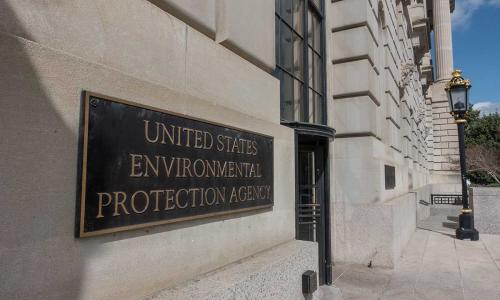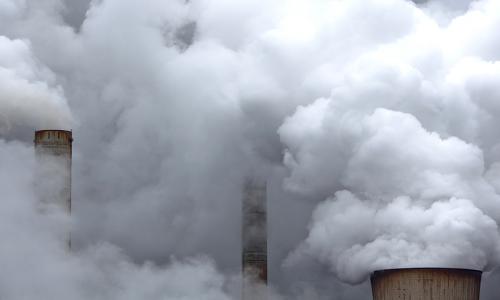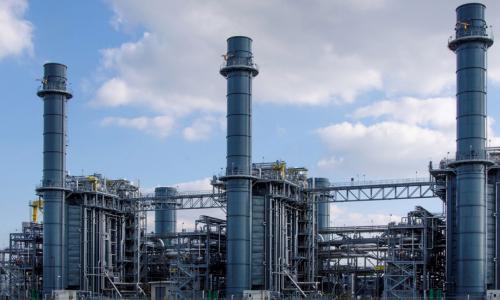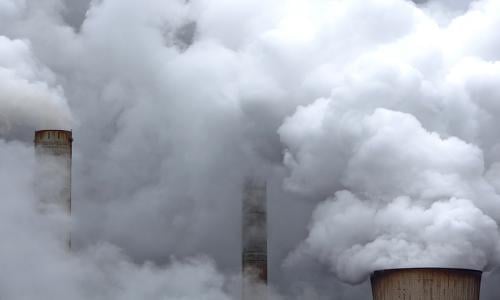Table of Contents
The Clean Power Plan was the nation’s first-ever carbon standard for power plants.
Attacked by fossil fuel interests and the Trump administration, it was ultimately repealed and replaced by the weak and ineffectual “Affordable Clean Energy” rule.
We fought back. And on January 19, 2021, the courts agreed, vacating the Trump administration’s replacement rule and sending it back to the Environmental Protection Agency (EPA).
While eventually sidelined, the Clean Power Plan was not a failure. It proved that federal action is possible, and it prompted states to proactively plan for reducing emissions, which they ultimately did. It should also remind us of the power and influence that special interest groups carry—and motivate us to continue fighting for climate action.
History
When power plants burn coal or natural gas, they release carbon dioxide into the atmosphere. Carbon pollution causes global warming—one of the most far-reaching and consequential problems that the world currently faces.
Under the Clean Air Act, the EPA is legally obligated to regulate carbon dioxide from major sources in the United States. That’s why, in 2015, the EPA released its first standard aimed at cutting carbon from power plants, known as the “Clean Power Plan.” The power sector is second only to transportation as a source of US carbon emissions.
Unfortunately, opponents of the plan repeatedly worked to weaken and delay it, first via misleading studies, then through a court challenge, and finally through an executive order and EPA action under the Trump administration.
The Trump administration also cooked the books on the costs and benefits of implementing carbon standards. By lowering the social cost of carbon and selectively choosing when and how to include the significant public health co-benefits of cutting soot and smog, the Trump EPA attempted to justify weakened standards.
Ultimately, the Trump EPA repealed the Clean Power Plan, replacing it with a far less rigorous standard: the Affordable Clean Energy rule—an egregious attempt to prop up coal plants under the guise of carbon regulations.
Despite the administration’s rhetoric, coal power hand-outs were a doomed effort. In reality, coal plants are increasingly uneconomic relative to cleaner sources. Coal miners and mining communities deserve real solutions and support, including transition assistance and retraining.
In January 2021, the Affordable Clean Energy was rejected by the courts, clearing the way for a new effort by the EPA to rein in carbon emissions from power plants, as it remains required to do.
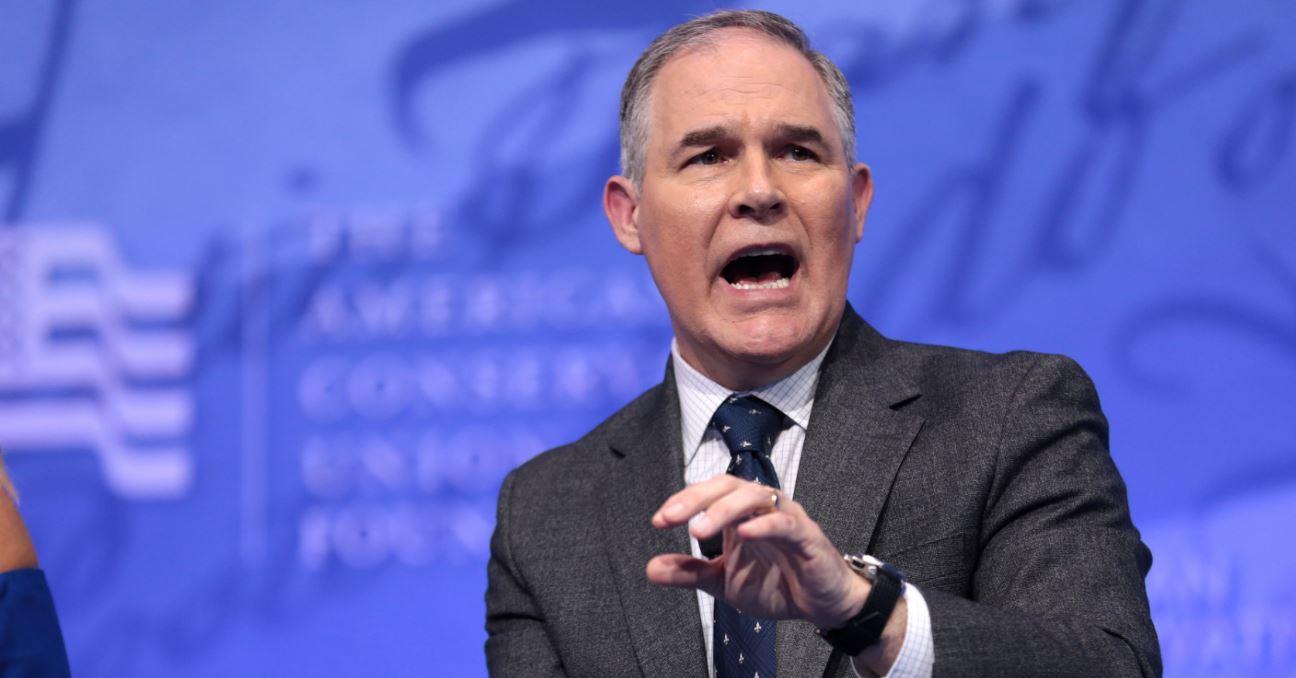
Opposition
The Clean Power Plan garnered a record number of supportive comments when it was first proposed. A majority of the American public—including public health, environmental, labor, justice, religious, youth, and business groups—overwhelmingly supported the standard.
However, since its inception, the Clean Power Plan also faced loud, organized, and well-funded opposition. In fact, fossil fuel companies and special interest groups have worked for years to block climate action, concerned that a shift to clean energy will harm their bottom line.
Many of these groups take tactics straight from the disinformation playbook—deceiving, misinforming, and buying influence with politicians, all at the expense of public and environmental health.
In the case of the Clean Power Plan, coal companies, trade associations, and other interest groups all lobbied to weaken or undermine the EPA’s authority to regulate carbon dioxide. Once in office, President Trump backed their cause, most notably by appointing Scott Pruitt—a known climate denier and oil and gas industry supporter—head of the EPA.
Prior to his appointment, Scott Pruitt sued the EPA 14 times as Attorney General of Oklahoma.
Though Mr. Pruitt resigned in 2018 amid myriad ethics scandals, the Trump administration’s efforts to undermine climate action continued. The Affordable Clean Energy rule reflected those intentions, ignoring regulatory requirements and undermining science to create a carbon standard that could actually result in increased carbon emissions from coal-fired power plants.
UCS comments
Together with allies and coalition partners, the Union of Concerned Scientists actively weighed in on the Clean Power Plan and its replacement, the Affordable Clean Energy rule (ACE).
- Reflections on the final ACE rule
- UCS comments on the proposed replacement, ACE
- UCS comments on the proposed repeal
- UCS comments on the ANPR
- Joint NGO comments on the proposed repeal
- Joint NGO comments on the ANPR
- Joint NGO comments on climate change
- Joint NGO comments on the social cost of carbon
- Joint NGO comments on CPP prejudgement
How it worked
When first released, the Clean Power Plan’s main goal was to cut carbon dioxide emissions from US power plants—a critical objective if we’re to meet any meaningful climate targets.
The plan offered options for each state to cut emissions, and determined state emissions reduction targets by estimating the extent to which states could achieve them. Options included: investing in renewable energy, energy efficiency, natural gas, and nuclear power, and shifting away from coal-fired power.
The final rule also took steps to limit a rush to natural gas. Natural gas isn’t a long-term climate solution, and presents serious economic and environmental risks.
Targets differed across states because of each state’s unique mix of electricity-generation resources, and because of technological feasibility, costs, and emissions reduction potentials, all of which vary across the country. States were free to combine any of the options in a flexible manner to meet their targets, and could join together in multi-state or regional compacts to cut costs.
In fact, cost-benefit analyses consistently showed a net economic gain from the Clean Power Plan.
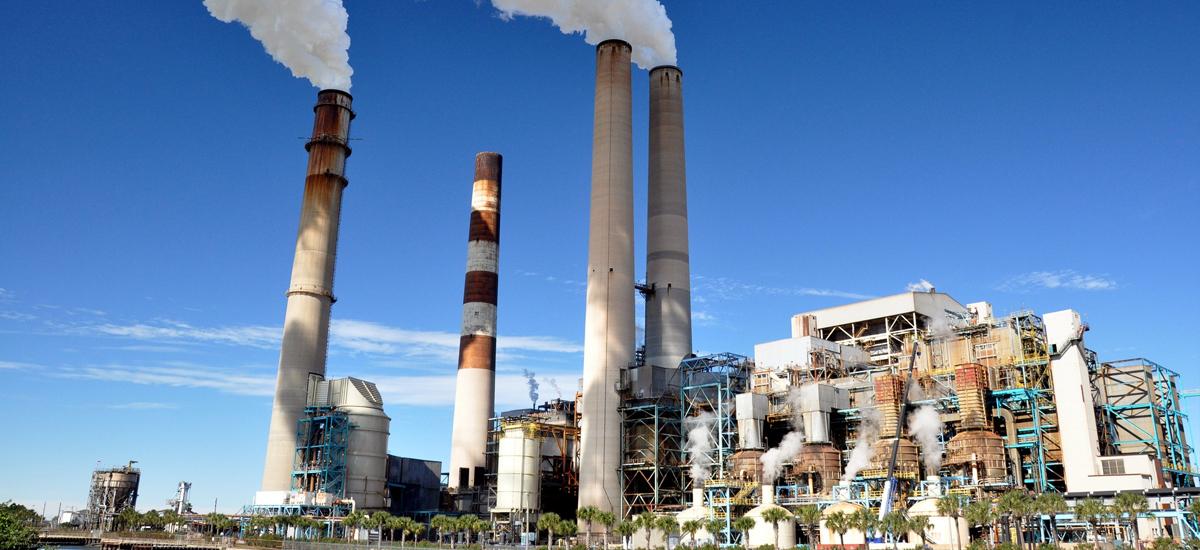
Analysis
For decades, the Union of Concerned Scientists has produced independent analysis on energy and climate issues, and worked with our network of supporters to engage and influence the policymaking process—including the Clean Power Plan.
A selection of our analyses, white papers, and fact sheets on the Clean Power Plan are listed below. Select comments submitted to the EPA are available above.
- Accelerating Toward a Clean Energy Economy: Federal renewable energy tax credits and the Clean Power Plan provide a powerful one-two punch for boosting clean energy development. (2016)
- Beyond the Clean Power Plan: The cumulative costs, including transmission, are essentially the same for both a business-as-usual scenario and a scenario that cuts CO2 emissions from power plants. (2016)
- The Clean Power Plan Opportunity: The United States can affordably cut global warming emissions, chart a course toward a clean energy future, and deliver significant health and economic benefits to all Americans. (2016)
- Meeting the Clean Power Plan in New Mexico (2016)
- Meeting the Clean Power Plan in Pennsylvania (2016)
- Meeting the Clean Power Plan in Minnesota (2016)
- Meeting the Clean Power Plan in Illinois (2016)
- Meeting the Clean Power Plan in Virginia (2016)
- UCS Technical Comments on the Proposed Federal Plan and Model Trading Rules for the Clean Power Plan (2016)
- States of Progress: Analysis shows that existing clean energy commitments put most states in a strong position to meet their targets in the Clean Power Plan. (2015)
- Financing Clean Energy: Cost-Effective Tools for State Compliance with the Clean Power Plan: This report highlights the potential of "green banks" and other innovative financing mechanisms to help states achieve their Clean Power Plan targets. (2015)
- Strengthening the EPA's Clean Power Plan: Analysis of the draft Clean Power Plan revealed that the EPA could nearly double the amount of cost-effective renewable energy in their state targets. (2014)
- Renewables on Regional Power Grids (PDF): Fact sheet highlights how regional grids have made renewable energy integration much less challenging than once predicted. (2014)
- Tapping Renewables and Efficiency to Meet Carbon Standards for Power Plants (PDF): Fact sheet outlines how policy makers can employ renewables and efficiency to reduce global warming emissions from the electricity sector. (2014)
- Climate Game Changer Analysis: Analysis shows how a carbon standard, combined with strengthened renewable energy and energy efficiency policies, can cut power plant emissions in half by 2030. (2014)
- UCS Technical Comments on the draft Clean Power Plan -- Executive Summary (PDF)
- UCS Technical Comments on the draft Clean Power Plan -- Full Comments (PDF)
